Skiing, mountains, and the winter atmosphere of Kyrgyzstan. A one-day ski trip to Orlovka – skiing near Bishkek
- Duration: 1 days.
- Price: from 280$ 220$ for group
- Group size: Small group tour
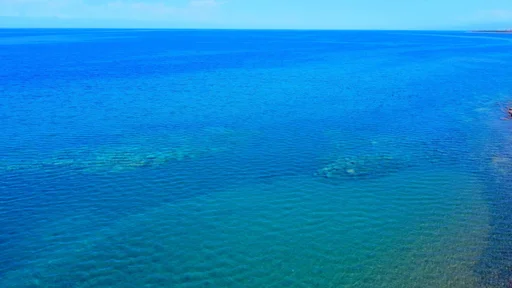
Issyk-Kul is one of the most beautiful and unique lakes in Central Asia, the first association that comes to mind when Kyrgyzstan is mentioned. This ancient high-mountain body of water lies surrounded by the majestic ridges of the Tien Shan, stunning visitors with its emerald-blue water and diverse landscapes, as well as with its rich historical heritage spanning many eras. On a journey to Issyk-Kul, tourists can expect a warm “sea-like” lake amidst mountains, healing mountain air, beaches and resort towns, breathtaking canyons and gorges, traces of the Great Silk Road, nomadic legends, and the authentic culture of the lake’s peoples.
Issyk-Kul is located in the northeast of Kyrgyzstan, in a vast intermountain basin between the Kungey Ala-Too and Terskey Ala-Too ridges, part of the Northern Tien Shan. The water surface sits at approximately 1,608 meters above sea level. The lake is immense: about 178 - 182 km long, up to 60 km wide, with an area exceeding 6,200 km². By size, it is the second-largest high-altitude lake in the world (after Lake Titicaca in South America). The shoreline stretches nearly 700 kilometers, along which about 30 lakeside settlements are situated. The lake is framed on all sides by mountain chains capped with eternal snow, creating a dramatic contrast of “sea” scenery and formidable peaks.
The climate on Issyk-Kul’s shores differs from the rest of Kyrgyzstan in being milder and more maritime. Thanks to its massive body of water - which never freezes in winter - the lake moderates extreme temperatures: winters are warmer and summers cooler here than elsewhere in Central Asia. The climate is moderately continental and quite dry: winters average - 3… - 7 °C on the coast (January is the coldest month), warming to +5…+10 °C by March and up to +20 °C in May. Summer brings comfortable warmth without oppressive heat: +20…+23 °C in June, and around +30 °C by July and August. This period is considered high season, with the swimming season from mid-June to late August drawing up to 1.5 million tourists annually. In September, temperatures remain pleasant (+20…+25 °C), extending the “velvet season.” From November to March, swimming ceases as the water cools to +4 °C, yet the lake never freezes over, even in severe frosts. The snow-free shores and open water surrounded by snow-capped mountains have earned Issyk-Kul the name “Warm Lake” (from Kyrgyz Ысык-Көл).
In winter, strong winds blow across Issyk-Kul, locally named Santash (easterly) and Ulan (westerly). These can reach 20 - 40 m/s, producing waves 3 - 4 m high. In rare cases, opposing winds over the lake create waterspouts known locally as “kuun.” Nonetheless, the mild, low-snow winter makes the coast attractive year-round for rest and health pursuits. The best time for beach holidays is July and August (when both water and air are at peak temperature), while May - June or September are ideal for excursions and hikes, as the heat is moderate.
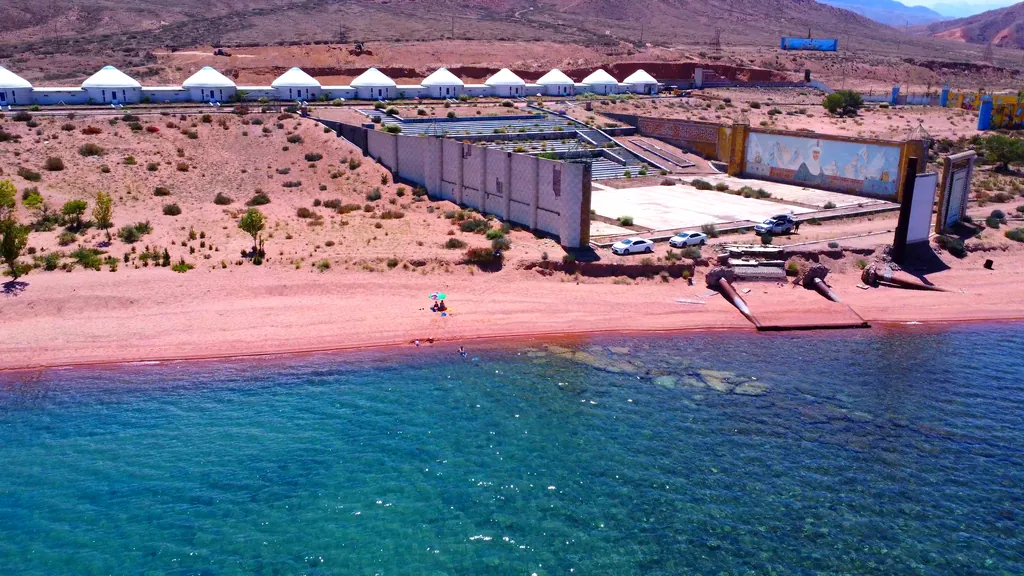
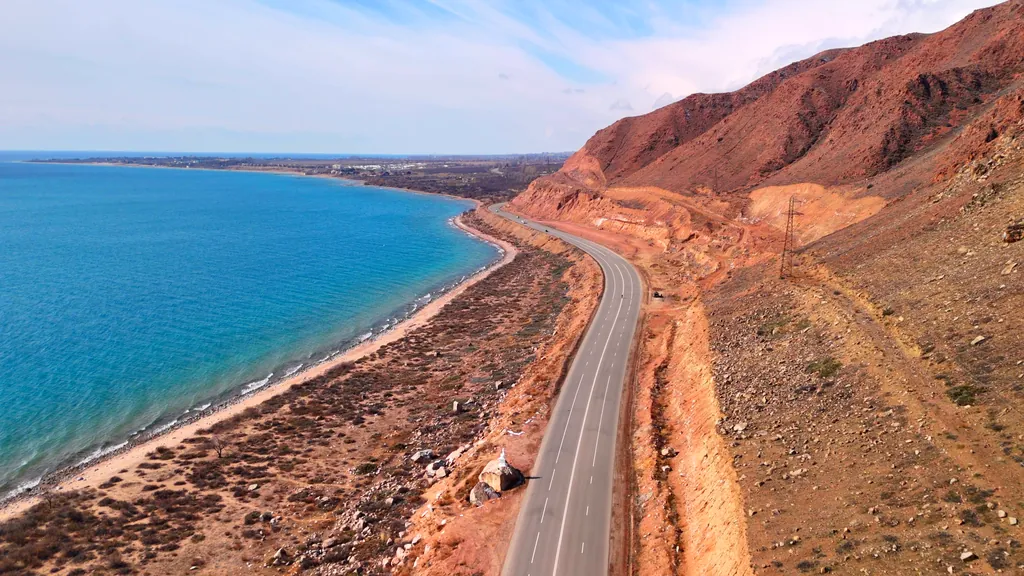
Issyk-Kul is a tectonic lake formed by the movement of lithospheric plates. Scientists believe its basin developed around 25 - 50 million years ago (Cenozoic era) during the Tien Shan orogeny. Tectonic faults created a deep subsidence that gradually filled with water. An alternative theory dates the lake to a younger age (~10 million years), but in either case, Issyk-Kul is an endorheic basin: about 50 rivers and streams flow in, yet none flow out. The lake has no outlet, and water loss occurs solely through evaporation. This hydrological balance has led to elevated mineralization: the water is mildly saline (~5.8 ‰), similar to the Baltic Sea. Thanks to its salinity and great size, Issyk-Kul is often called the “Kyrgyz Sea.”
Beyond its salinity, Issyk-Kul’s water boasts other remarkable features. The combination of no outlet and moderate inflow of meltwater gives the lake extraordinary transparency - up to 20 m in summer and 47 m in winter. In clarity, Issyk-Kul’s waters surpass even Lake Baikal. Water color shifts from deep blue in the depths to emerald green near the shore, stunning with its purity. The lake’s vast volume (>1,700 km³) retains heat, so even in winter surface temperatures hover around +4 °C, preventing ice formation. Subaqueous thermal springs further warm the depths: in some areas, the lake bed emits warm water. With an average depth of ~270 - 278 m and a maximum depth of 668 - 700 m, Issyk-Kul ranks among the world’s seven deepest lakes. Complete water renewal takes over 300 years, meaning the lake’s waters “refresh” very slowly. This stability, paired with its salinity, gives Issyk-Kul its astonishing azure hue and makes its waters prized for health treatments.
The earliest written records of Issyk-Kul come from ancient Chinese sources. As early as the 2nd century BC, chronicles mention Lake Jehai - “Hot Sea” - a descriptor akin to the local name “Issyk-Kul.” For millennia, the lake has served as a key landmark in Central Asia. Migration routes and trade roads skirted its shores, linking East and West. During antiquity and the Middle Ages, Issyk-Kul lay on a branch of the Great Silk Road, where caravans passed through the Tien Shan from China to Fergana and beyond to the West. Trading posts and caravanserais dotted its shores. Archaeologists have unearthed traces of ancient cultures: petroglyphs, pagan idols, and Scythian (Saka) and Usun artifacts dating back to the first millennium BC.
Remarkably, part of Issyk-Kul’s ancient history lies submerged. Underwater archaeological expeditions have discovered ruins of a sizable settlement dating to around the 5th century BC. Estimates suggest it covered several square kilometers, likely flooded by a cataclysm or gradual lake-level rise. Additionally, ruins of Silk Road forts have been found on the lake bed. These discoveries confirm the region’s rich history as a crossroads of trade and cultures.
In the 14th century, Christian missionaries from Eastern Europe settled on the lake’s shores. Armenian monks founded a monastery reputed to house relics - legend has it that Saint Matthew’s remains rested in this lake-monastery. The site is marked on the 1375 Catalan Atlas. The monastery’s fate remains mysterious: it vanished, and its ruins were only rediscovered underwater in the 20th century. Intriguingly, during the Middle Ages, Issyk-Kul was a place where different faiths coexisted peacefully - Buddhism, Christianity (Nestorianism and Catholicism), Islam, and, by legend, even elements of Shinto. Hence, Issyk-Kul is called the crossroads of religions and civilizations.
In the mid-19th century, after part of Kyrgyzstan came under the Russian Empire, Issyk-Kul attracted scholars and explorers. In 1856, the noted geographer Pyotr Semyonov-Tian-Shansky became the first European to study the lake and its surroundings. He was followed by explorer Nikolay Przhevalsky, after whom the city of Karakol was later named. Expeditions of that era documented the lake’s geology, flora, and fauna, and recorded local customs. In the Soviet period, Issyk-Kul earned fame as an all-Union health resort: sanatoria and rest homes were built along its shores, and many Soviet cosmonauts rehabilitated here after space flights. For example, Yuri Gagarin recovered on Issyk-Kul’s coast, and Alexei Leonov called the lake the “blue eye of the Earth” for its color and beauty. Since 2001, the Issyk-Kul basin has been a UNESCO Biosphere Reserve, highlighting its global value.
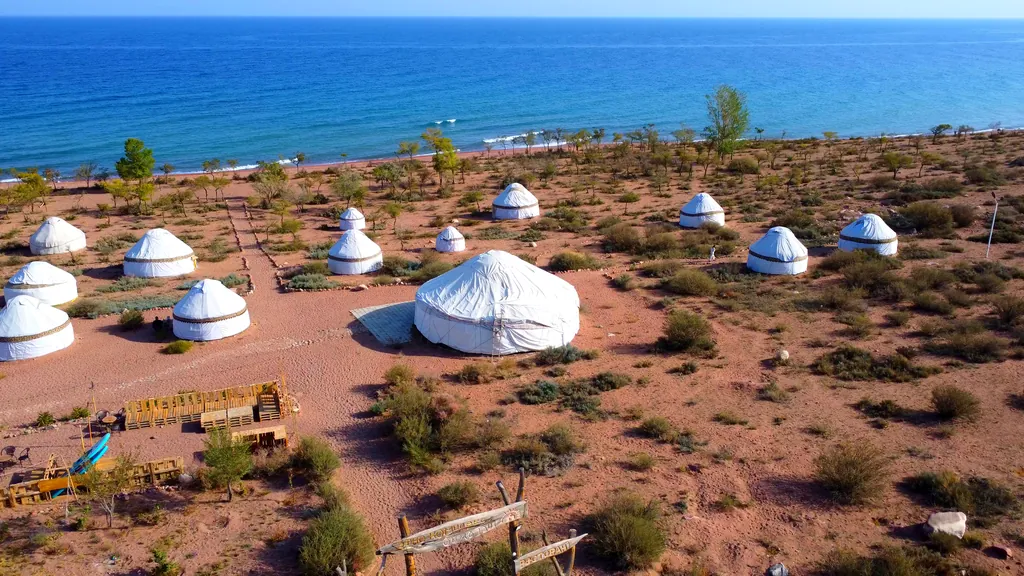
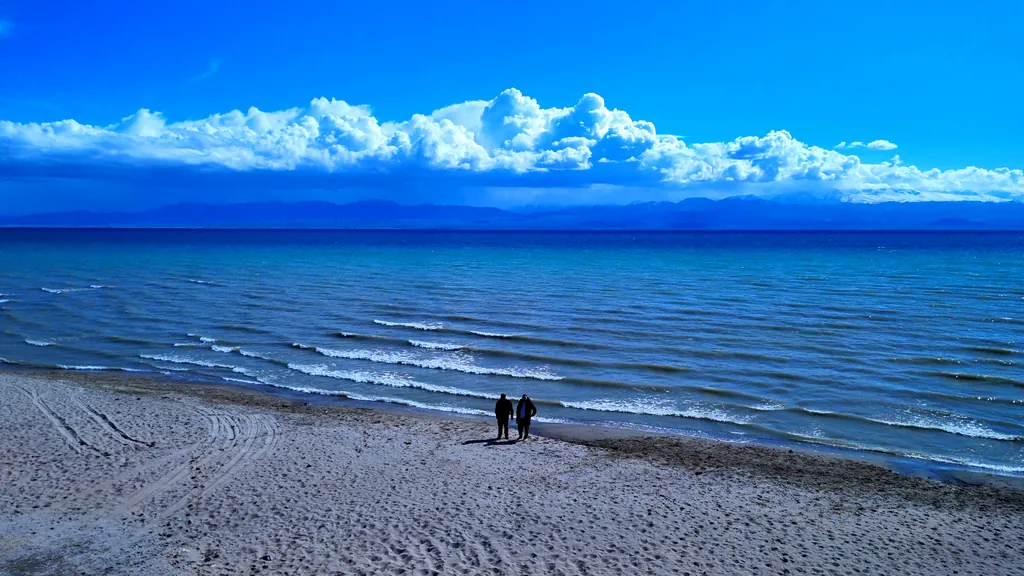
As befits such an ancient and majestic place, Issyk-Kul is shrouded in numerous legends. One of the best known tells of the lake’s origin. Long ago, a cruel khan ruled these mountains. He kidnapped a beautiful maiden of celestial beauty, intending to make her his wife. But she loved a humble shepherd who rescued her on a magical winged horse. When the khan’s warriors pursued them, the maiden, refusing to be his captive, threw herself from the palace tower and perished. At that moment, heaven punished the khan: water burst forth, submerging the valley along with his palace and city - thus forming Issyk-Kul. It is said that on still days, one can hear the faint tolling of underwater towers and city bells from that long-lost city.
Another legend involves the conqueror Timur (Tamerlane). According to lore, whenever Timur’s army passed Issyk-Kul, he ordered each soldier to toss a stone onto the shore to count his troops. Over time, a huge pile formed. Even today on the eastern shore stands the Santash mound (“stone heaps”), reputedly the remnant of Tamerlane’s army counts.
Legends also link Issyk-Kul to Genghis Khan. Kyrgyz elders believed he was buried on the lake’s shore, his tomb hidden beneath coastal sands. Although archaeologists have found no proof, the tale continues to intrigue treasure hunters.
Locals remember the legend of the Bugu tribe - an ancient Kyrgyz clan living around Issyk-Kul. Their founder married a maiden who was actually a magical maral (deer). Relatives turned her back into a deer, and she fled to the mountains. Ever since, the Bugu tribe revered the noble deer as a totem and never hunted them. Traces of this tale remain: the lake’s maral deer (Tian Shan wapiti) is protected today, and the deer is a regional symbol.
Issyk-Kul holds numerous real mysteries. It is known that remains of an ancient Armenian monastery lie on the lake bed, and near Toro-Aygyr village once stood a repository of Christian relics - the monastery of Saint Matthew. Equally enigmatic are rumors of a Loch Ness - like monster in the lake, though no evidence has been found. These myths add romance and mystery to Issyk-Kul’s enchanting atmosphere.
Issyk-Kul’s shores are astonishingly varied. The western basin is semi-desert with sagebrush steppes and even sand dunes, while the eastern coast is lush with alpine meadows and conifer forests. On the northern shore, foothill steppes transition into the forested slopes of Kungey Ala-Too. Here grow relic Tian Shan spruces (Picea schrenkiana), dark-needled forests descending almost to the water. The southern shore is rockier and steeper: the Terskey Ala-Too ridge rises close to the lake, forming cliffs and scenic bays. Surrounding steppes host grasses (feather grass, sagebrush), wildflowers (poppies, irises), reeds, and meadows grazed by yaks, sheep, cattle, and horses. The mild microclimate supports orchards: local apricots and apples are famed nationwide.
The lake and its mountains encompass a spectrum of ecosystems - from wetlands to glaciers on 7,000 m peaks. In slopes’ forests dwell bears, mountain goats (Capra sibirica), Siberian roe deer, and higher up, snow leopards and argali sheep. Over 300 vertebrate species inhabit the region. Ornithologists note vast bird diversity: Issyk-Kul’s shores are key stopovers for migratory birds. Each winter, up to 50,000 waterfowl - ducks (Red-crested Pochard, teals), geese, coots - winter on western shallows. A rare colony of swans (about 850 Whooper and Mute Swans) also resides here, under protection. Steppe rodents like jerboas, marmots, and the endemic Tian Shan souslik inhabit coastal steppes, and gazelles appear in western semi-deserts.
Issyk-Kul’s waters teem with oxygen and dozens of fish species. Historically, the tiny carp known as the Issyk-Kul “chebachok” made up to 96 % of the catch. Soviet-era fish introductions enriched the ichthyofauna with about 13 new species, 10 of which thrived. Thus, Sevan trout (from Lake Sevan), rainbow trout, omul, pike perch, and others now inhabit the lake. Predatory newcomers decimated some native species, but others flourish - Sevan trout grow to 2 - 3 kg here (rarely above 0.5 kg in Sevan) and can weigh up to 18 kg. Today, native species (marinka, osman, chebak, carp) and introduced ones (trout, whitefish, pike perch, bream, etc.) all live here. Fishing is a significant industry, with annual catches around 12,000 tonnes. Yet ecologists warn that overfishing during spawning and changing tributary channels threaten biodiversity. To protect the lake, reserves such as the Issyk-Kul Nature Reserve (protecting waterfowl and wetlands) and the Sarychat-Ertash Reserve in Terskey Ala-Too (protecting snow leopard populations) have been established.
Issyk-Kul’s nature is picturesque and diverse. Beaches of golden sand, vast steppes, and towering snow peaks surround the lake. On the horizon rise peaks above 4 - 5 thousand meters. This unique landscape blends features of a seaside coast and high mountains. The lake basin’s microclimate - more humid than Kyrgyzstan’s interior - supports relic apple groves and delicate edelweiss on slopes. South shore valleys host Tien Shan walnut and ash groves, and hundreds of glacial lakes - small turquoise bowls - nestled among snowfields. One famous example is Ala-Kul Lake (3,530 m) in the Karakol gorge, a popular trekking destination.
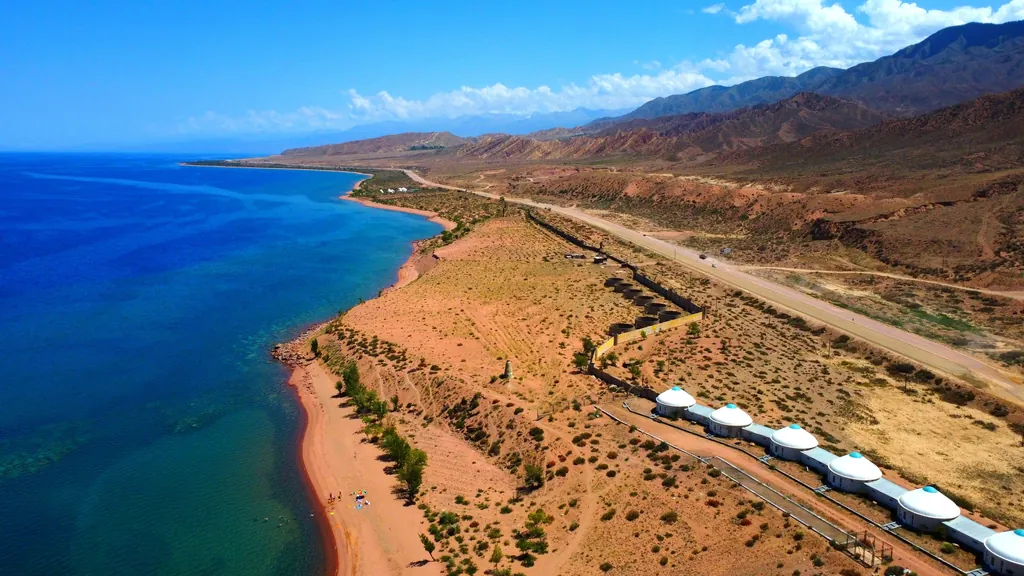
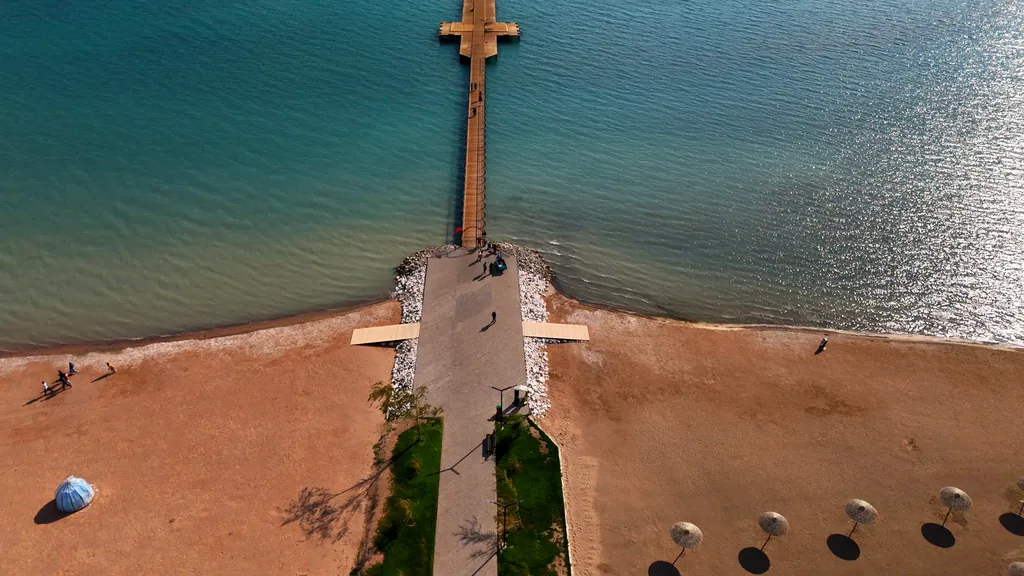
Human settlement around Issyk-Kul dates back millennia, but modern resorts developed in the mid-20th century. Today, two major towns and numerous resort villages line the shores. The northern coast is most developed, hosting a chain of sanatoria, children’s camps, health resorts, and tourist bases from Balykchy to Cholpon-Ata. Gently sloping sandy northern shores and warmer water draw most visitors. The southern shore is more mountainous with less infrastructure, but offers quieter, budget-friendly spots for independent travelers. Along the entire ~688 km shoreline, dozens of health and tourist facilities cater to every taste.
Balykchy, the first city on the way from Bishkek to the lake, is called the “Gateway to Issyk-Kul.” Located at the lake’s western end where the Chu River once flowed into it, Balykchy began as a Silk Road post of a few yurts in the 19th century. Under the Soviets, it grew into a town (city status in 1954) named Rybachye, later renamed Balykchy (“Fisherman”). Today it has a railway terminus from Bishkek. While its tourist infrastructure is modest - most beaches and resorts lie eastward - interesting historical sites nearby include the ruins of the medieval city Sikyl and Bronze Age petroglyphs near Kurmenty.
Cholpon-Ata, the “resort capital” of Issyk-Kul, is the most popular town on the northern shore. It offers top beaches, hotels, restaurants, and entertainment. The open-air cultural-spiritual complex Rukh Ordo on the lakebank is a highlight, featuring exhibitions on Kyrgyz history and culture, the Chingiz Aitmatov house-museum, an art gallery, and pavilions representing world religions - all symbolizing spiritual unity. Nearby is the famous Open-Air Petroglyph Museum (Cholpon-Ata site), with thousands of Bronze Age rock carvings depicting hunting scenes. Cholpon-Ata also serves as a springboard for mountain trips to Grigoriev and Semenov gorges, where yurts and alpine meadows invite overnight stays and local kumys (fermented mare’s milk).
Karacol, the region’s largest city, lies 12 km from the lake’s eastern tip. Founded in 1869 as a Russian military outpost, it grew into a trading center. Karacol boasts distinctive 19th-century architecture, including the Holy Trinity Orthodox Cathedral (1872) - a wooden church assembled without nails - and the Dungan Mosque (early 20th c.), a Chinese-Muslim style wooden pagoda. Nearby is the Przhevalsky Memorial Complex on the lake shore. Karacol is also a hub for mountain tourism and winter sports: the “Karacol” ski resort lies 20 km southwest, a Soviet-era base now equipped with modern lifts and trails. In summer, Karacol is the gateway to treks to Ala-Kul, passage to Khan Tengri and Pobeda peaks, and the stunning Jeti-Oguz gorge - “Seven Bulls” - with its famous Red Rocks and “Broken Heart” formation.
Beyond the major towns, numerous resort villages dot the shores. On the north: Bosteri (near Cholpon-Ata, known for water parks and nightlife), Korumdu, Sary-Oy, Chok-Tal - with large sanatoria such as “Aurora” (1979) shaped like a ship. On the south: Kaji-Sai (radon spring and uranium mine), Bokonbaev (ethno-tourism and eagle hunting), Tamga (Buddhist inscriptions and Fairy Tale Canyon). Many Soviet-era health resorts still offer mineral baths and therapeutic treatments. Children’s camps fill each summer, welcoming young guests from across the CIS.
Accommodation options abound: luxury hotels with pools and spas, cozy family guesthouses, budget hostels, and campgrounds. Prices range from 1,000 - 1,500 KGS per person per night in guesthouses to 7,000 - 8,000 RUB for premier sanatoria (including meals and treatments). Budget travelers can stay in private homes. Yurt camps on the shore offer an authentic stay under the stars, though simplicity reigns and nights can be chilly.
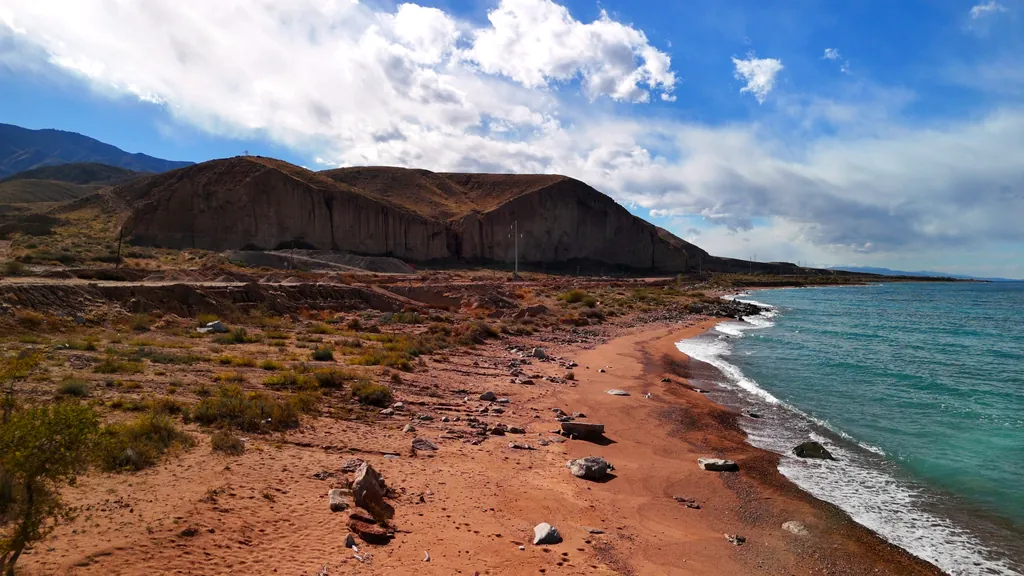
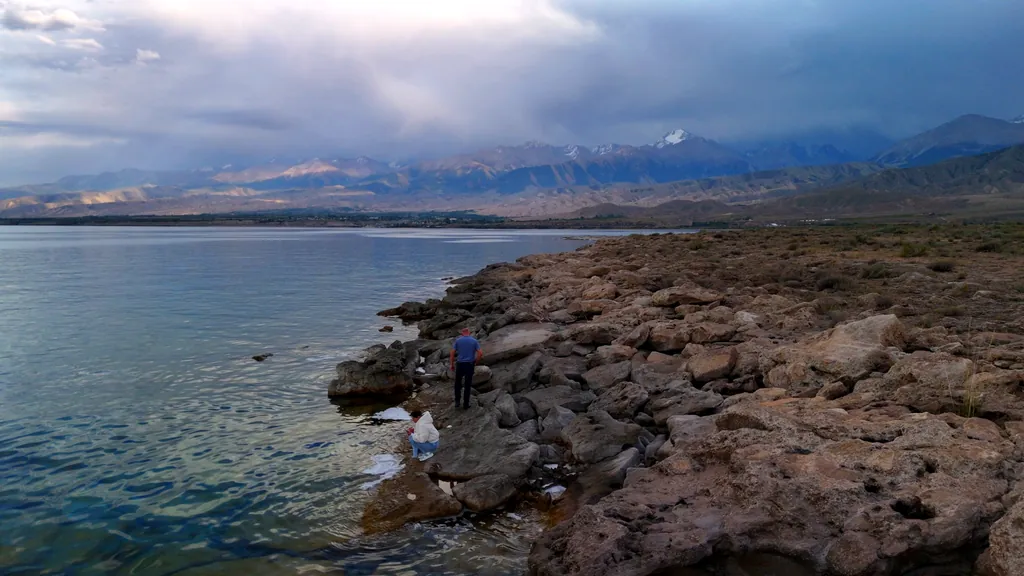
The Issyk-Kul region overflows with scenic wonders: beaches, peaks, gorges, canyons, waterfalls, and springs. The famed Jeti-Oguz gorge on the lake’s east side features the Red Rocks “Seven Bulls” and the “Maiden’s Tears” waterfall. Nearby is Barskoon Gorge, celebrated for cascades like “Bar’s Tears” (named after the snow leopard) and “Manas” waterfall (20 m high) next to a monument to cosmonaut Yuri Gagarin. The gorge leads to the alpine plateau Arabel, dotted with turquoise glacial lakes. On the south shore between Tamga and Tosor lies Fairy Tale Canyon - a clay formation of fantastical shapes, sculpted by wind and water over millennia. Walking its narrow passages feels otherworldly as red clay spires shift hues from orange to crimson, changing after rains to reveal new “sculptures.” From its ridge, one can behold both the canyon’s surreal forms and Issyk-Kul’s blue expanse.
Northern Grigoriev and Semenov gorges are often visited together. Grigoriev offers mountain lakes, pine woods, and pastoral camps where visitors taste fresh kumys and kurt. Semenov Gorge boasts the emerald Green Lake (Zhasyl-Kol) hidden among sheer cliffs. At their confluence, an ethnographic summer village hosts yurts, traditional cuisine, and horse rentals. Besides lake bathing, hot springs beckon: Altyn-Arashan (“Golden Spring”) south of Karacol provides open-air thermal baths at ~2,500 m, framed by snowy peaks. Accessible by 4x4 or on foot, it offers unforgettable mountain relaxation. Closer to Tamga, the Ak-Suu Kench hot baths blend radon-rich waters, and other springs near Chong-Jargylchak, Jeti-Oguz, and Kaji-Sai dot the region.
Other natural marvels include the grand Boom Gorge - where the Chu River cuts through cliffs en route to the lake - and the multicolored Konorchek canyons just west of Boom. Southeast lies the Jumgal Valley village of Chaek, popular for eco-tourism: mountain biking, waterfall hikes, and yak herding. Near Bokonbaev, the sacred Manzhyly-Ata valley features mineral springs like Emel, compared to Georgia’s Borjomi. Thus, every direction around Issyk-Kul offers distinct discoveries - red canyons, fir canyons, grottoes, waterfalls, or boundless alpine plateaus.
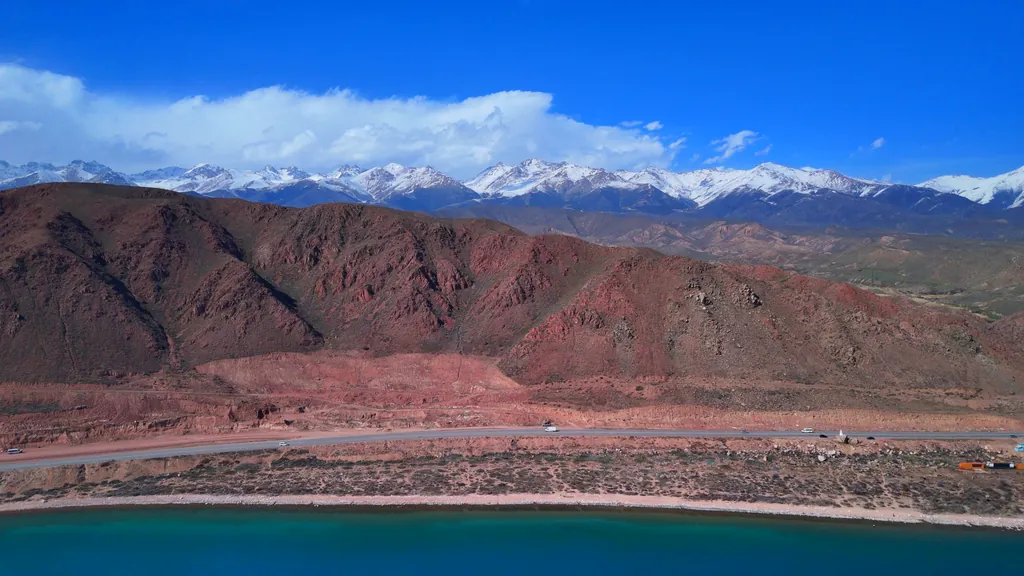
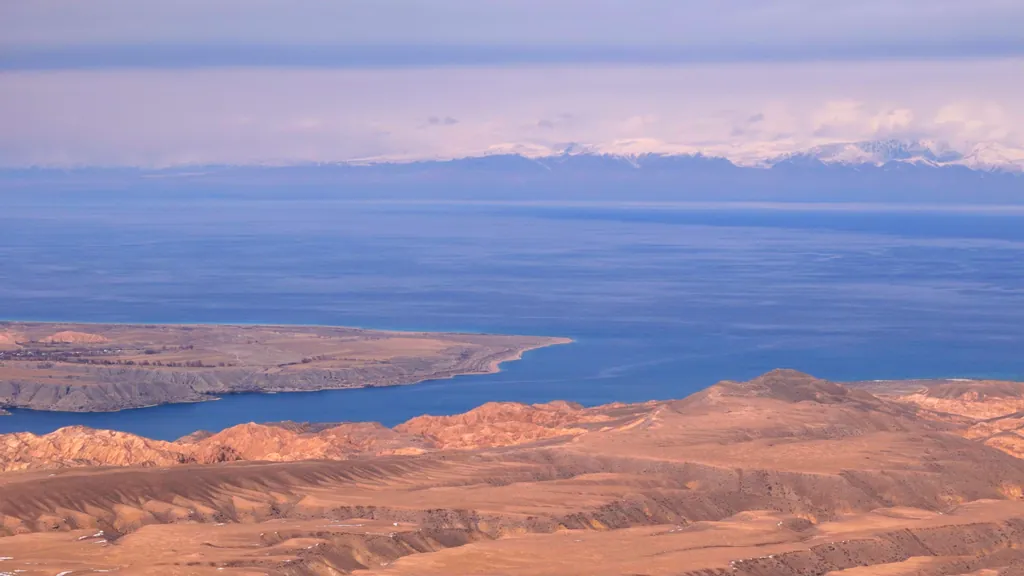
Issyk-Kul offers activities from lazy beach lounging to extreme adventures. In summer, swimming and beaches reign. The northern shore boasts well-equipped beaches with sunbeds, cafes, and watersports - catamarans, water skiing, parasailing. July waters warm to +22…+24 °C, offering near-sea comfort. Many call bathing in a high-altitude lake among snowy peaks an indescribable sensation. The air, crisp and slightly salty, is considered therapeutic for respiratory health, attracting visitors with asthma or allergies.
Active sports abound: sailing and kitesurfing flourish under seasonal winds. A sailing base in Cholpon-Ata rents yachts and windsurfs, and colorful kites dot the lake. Ultraviolet clarity invites divers and underwater archaeologists to explore submerged “Temgi Wall” ruins or medieval sites. During the Soviet era, a secret naval base tested torpedoes and trained divers; today, abandoned facilities intrigue licensed explorers.
The mountainous setting makes Issyk-Kul a trekker’s and equestrian’s paradise. Day hikes to nearby gorges (Jeti-Oguz, Grigoriev, Semenov, Altyn-Arashan) follow rivers and picnic spots. Multi-day treks to Ala-Kul (3 days), via Dzhuku Pass to Son-Kul (5 - 6 days), or along the Terskey Ala-Too ridge are available. Around Karacol, mountain bike routes and even off-road motorcycle tours explore rugged tracks. Horseback rides range from hour-long beach loops to multiday nomadic expeditions with yurt camps. Traditional equestrian sports - kok-boru (goat polo), horse races - are thrilling summer experiences.
Issyk-Kul also hosts international cultural and sporting events. Cholpon-Ata staged the World Nomad Games in 2014, 2016, and 2018 - an ethno-sport festival featuring teams from dozens of countries. Audiences worldwide witnessed horseback wrestling, archery, eagle falconry, and even camel polo. In 2016, 1,000 komuz players set a Guinness record in Cholpon-Ata. Although future Games move elsewhere, annual nomadic culture festivals remain (e.g., August gatherings in Kirchin Gorge). Music festivals, sailing regattas, beauty contests, and folk celebrations enrich the region. After active days, visitors enjoy leisurely evenings - nightclubs, outdoor bars, live music, beach cinemas, and horse shows at the Cholpon-Ata hippodrome. Simply stroll the promenades lit with café lights and listening to waves. Whatever your passion, Issyk-Kul has it.
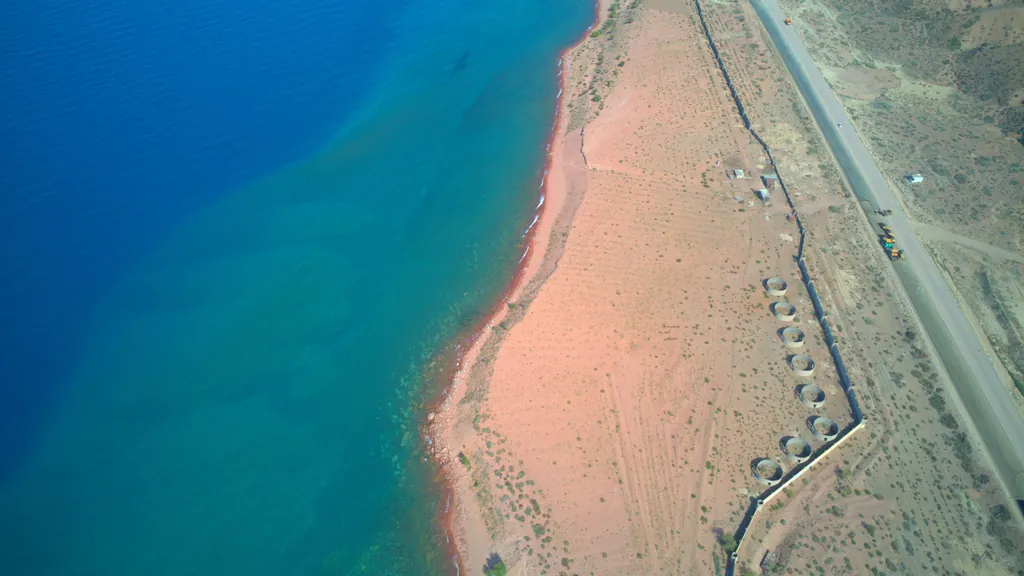
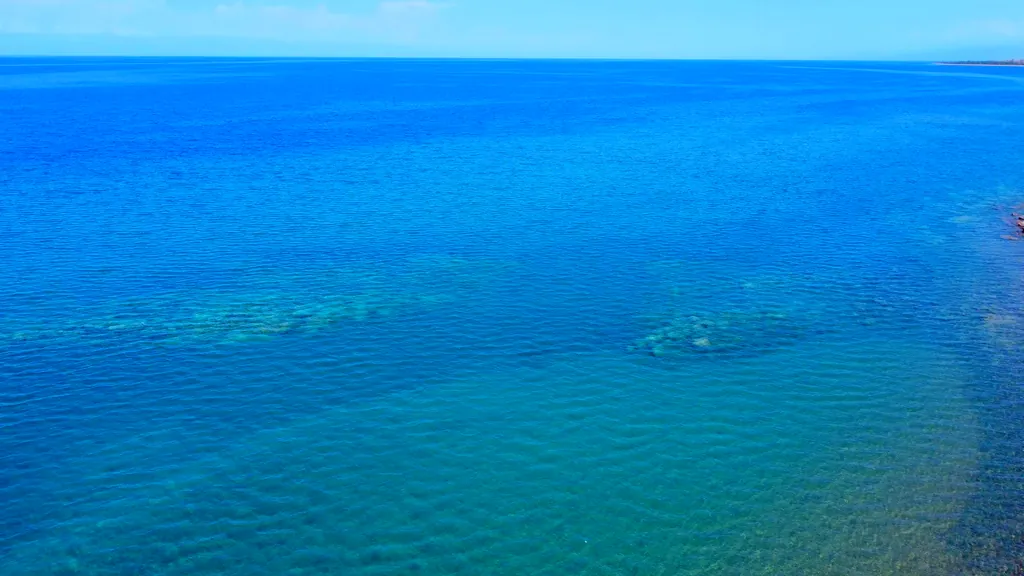
The Issyk-Kul region is predominantly Kyrgyz - descendants of nomadic tribes who have inhabited the Tien Shan for millennia. The Kyrgyz preserve ancestral traditions, and in lakeside villages tourists can immerse themselves in authentic daily life. In summer, nomadic camps appear as herders drive livestock to alpine pastures and live in yurts just as centuries ago. Visitors are greeted warmly - Kyrgyz hospitality insists, “A guest is God’s envoy.” Guests are invited into yurts for hot tea, flatbread, fresh cream, or kumys (fermented mare’s milk) - traditional tastes not to be missed.
Most Kyrgyz are Sunni Muslims, but their culture blends Islam with ancient Tengri beliefs. For example, at the Manzhyly-Ata valley entrance, travelers learn about revered holy springs, and prayer ribbons on tree branches mark appeals to ancestral spirits. Nomadic life permeates every detail: children ride horses confidently, youth practice kurash wrestling, and women skillfully embroider traditional patterns. In the village of Bokonbaev on the south shore, visitors can witness eagle falconry - eagles hunting hares or foxes - a thrilling display and UNESCO-listed intangible heritage.
Ethnographic tours unveil Kyrgyz folklore: tourists hear akyns - improvising poets - perform epic songs on the komuz (three-string lute). The great Manas epic, recited by manaschi (bards) for hours, is central. In winter, Karacol’s Manaschi Festival celebrates top storytellers. Performances of other national games also occur seasonally.
The Issyk-Kul area is famed for crafts. In Tamchy, Pokrovka, and Kyzyl-Tuu, cooperatives produce felt carpets - shyrdak and ala-kiyiz. Bright wool rugs with floral and horned motifs symbolize abundance, longevity, and connection to nature. Tourists even attend felt-work workshops to make small mats or figures. The region also excels in wood carving (chests, furniture, instruments), traditional jewelry, and kalpak felting (men’s wool hats). Ethnographic centers, such as the Ak-Bulun Crafts Museum, display ancient nomadic tools, clothing, and household items.
Lake towns are multiethnic: Karacol hosts Kyrgyz, Russian descendants (preserving Orthodox and Old Believer communities), Uighurs, Dungans (Chinese Muslims), Ukrainians, and more. Near Anaiyevo, a community of Urys (Volga Tatars) settled in the 19th century. This diversity enriches local cuisine: besides beshbarmak and lagman, visitors enjoy Dungan lagman (spicy noodles), Uighur samsas, and Russian fish pies. Fresh Issyk-Kul pike perch and marinka are grilled over coals, baked in tandyr, or fried. In Karacol, sample the famous Karacol ashlyanfu - a cold spicy starch noodle dish invented by Dungans, perfect to quench thirst.
At Issyk-Kul, tourists not only observe culture but join in. Resorts offer interactive programs: guests help erect yurts, bake tandoor bread, herd sheep, learn komuz playing, or practice archery. These experiences capture nomadic romance and deepen understanding of lives lived in harmony with the Tien Shan’s rugged beauty.
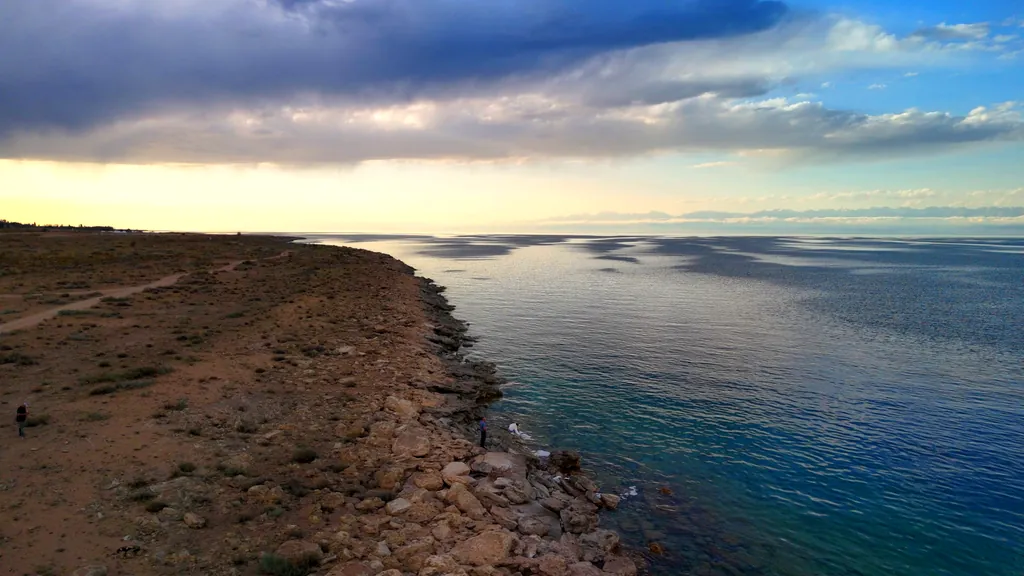
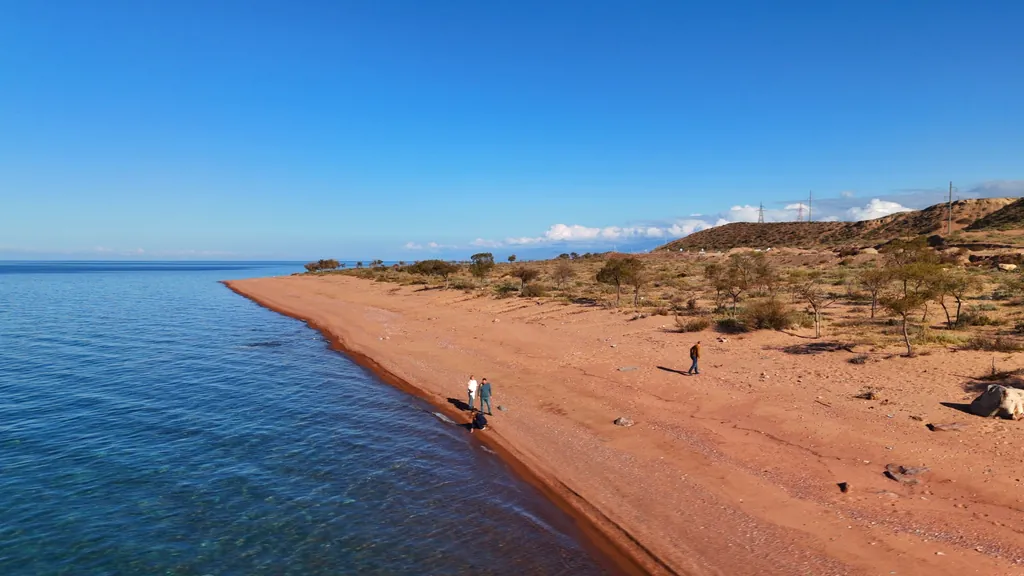
Second-Largest Mountain Lake: By area, Issyk-Kul ranks second only to Lake Titicaca. By volume (~1,738 km³) and depth, it stands among the planet’s top ten lakes, its vastness inspiring early explorers to call it a sea. In the 1850s, Russian topographer Semyonov-Tian-Shansky first beheld it from Santash Pass, awed by its grandeur - a scene he vividly described in his diaries.
“Warm Lake” Literally: The name “Issyk-Kul” means “warm (hot) lake,” and indeed it has never fully frozen in recorded history, even at - 30 °C. Only shallow bays form a thin ice crust, while the center remains open - a rarity for such a high-altitude lake in a frigid climate.
Cosmonauts’ Haven: During the Soviet era, Issyk-Kul was a favorite rehabilitation site for cosmonauts. Mild climate, mineral springs, and plateau altitude (~1,600 m) created ideal recovery conditions. Pioneers like Yuri Gagarin, Gherman Titov, and Alexei Leonov all visited, and in memoirs called the lakeshore restorative. In Cholpon-Ata’s “Kyrgyz Seaside” sanatorium, fir trees planted by cosmonauts form the “Cosmonauts’ Alley.”
Underwater Secrets: Issyk-Kul’s bottom conceals historical relics. In a calm window in 2007, a Kyrgyz-Russian expedition using remotely operated vehicles found fortress remains linked to Silk Road posts. Stone idols, inscriptions, and even Bronze Age artifacts lie sunken in its depths.
Skiing, mountains, and the winter atmosphere of Kyrgyzstan. A one-day ski trip to Orlovka – skiing near Bishkek
Forgotten Rivers and Mountain Peaks: A Journey Along the Southern Shore of Issyk-Kul is a three-day tour that immerses you in the unique natural beauty of Kyrgyzstan.
Experience all the beauty of Kyrgyzstan's nature behind the wheel of a comfortable and daring BMW F650GS tour enduro. These impressions are worth any money and will never be forgotten.
In 3 days we will travel around Lake Issyk-Kul. We will spend two days in the city of Karakol, devoting them to skiing at the ski resort. And we will also relax in the thermal springs!
Visit the Valley of the Seven Bulls, see Issyk-Kul and relax in the thermal springs
This route combines the picturesque mountain canyons of Kok-Moinok, Lake Issyk-Kul, the taste of national cuisine and a trip along one of the most beautiful roads in the country – the Boom Gorge.
Visit two pearls of Kyrgyzstan in 1 day on a car tour